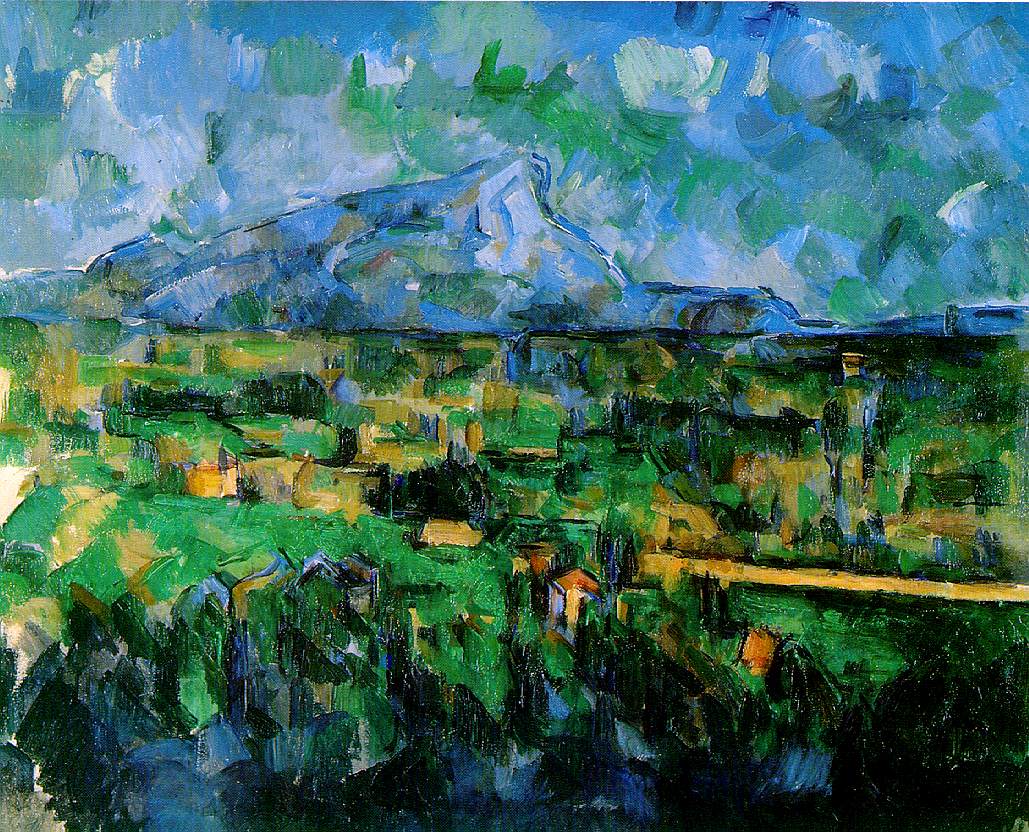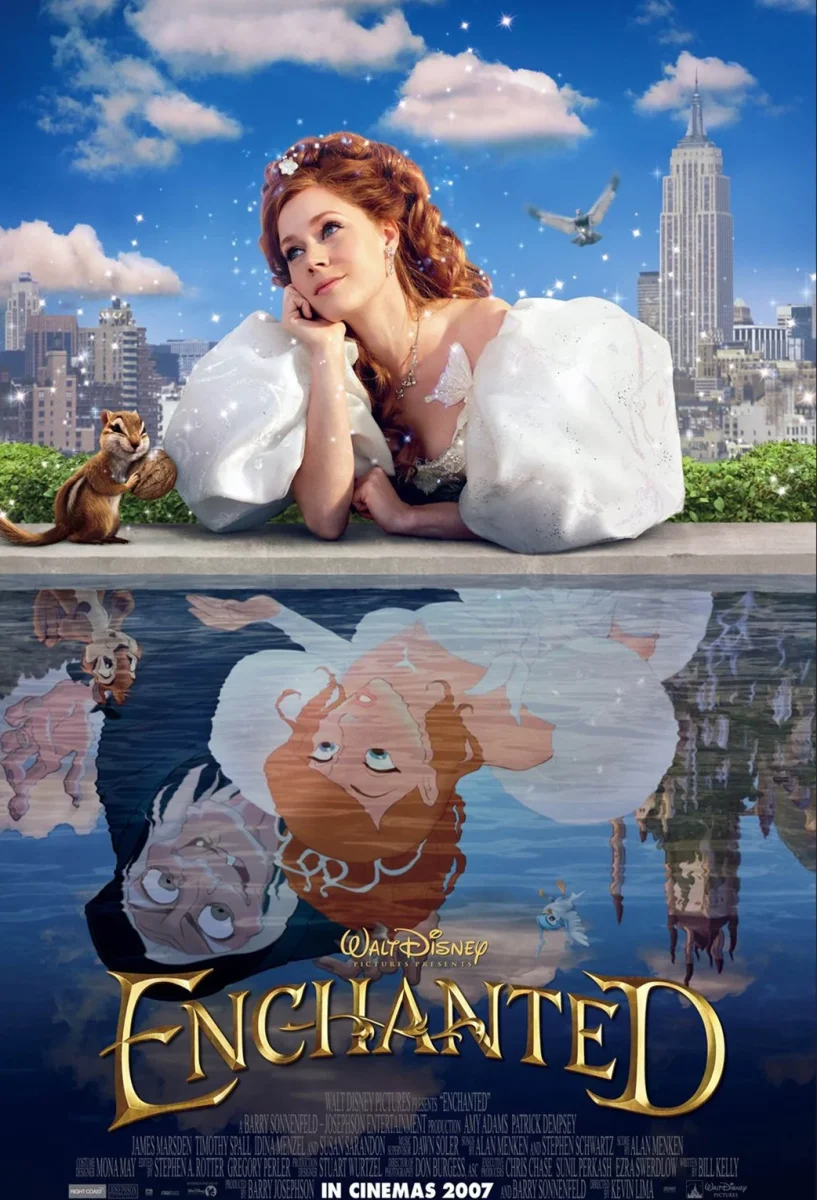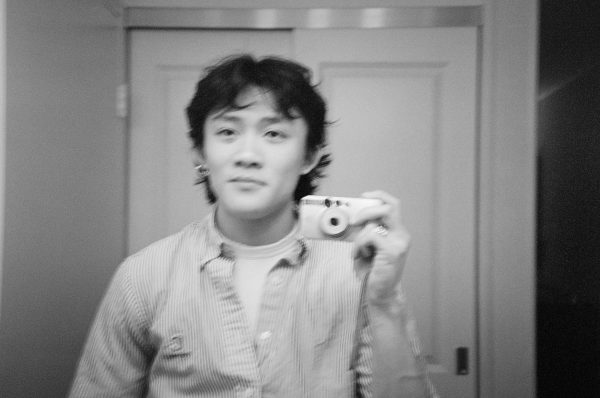As The Pace Press concludes its final issue of the 2023-24 school year, I seek to explore finality and rebirth. In the face of an end, is often when artists are challenged to not only reflect on their work thus far, but approach their work with a sense of temperance unfound in anything else. A swan song, the metaphorical phrase denoting a final gesture, performance, and rebirth perhaps perfectly encapsulates the selection of art for this month’s Arts Corner.
Books: Mieko Kawakami, “Breast and Eggs”
Japanese literature has hegemonically been dominated by the voice of Haruki Murakami, whose novels have been popular since his 1987 novel Norwegian Wood. However, Mieko Kawakami has entered the arena as a distinguished and powerful writer in her own right, whose 2020 novel, Breast and Eggs dignified her as a writer beyond Murakami’s shadow, and presented a shift in which writers we’ve chosen to platform as we enter a new decade. The novel, concerning the ethics of feminine reproductive rights and the rampant, embedded, misogyny women face in Japan, is a sharp worded epic that holds no punches.
Poetry: Ted Hughes, “The Literary Life”
In the poetry book, Birthday Letters by Ted Hughes, Hughes exposes himself unabashedly and unashamedly. Released only a few months before his death, Hughes compelling explores his complicity in his wife’s (legendary poet Sylvia Plath) suicide. Here, I include the 33 poems in his book titled, “The Literary Life” wherein Hughes seemingly depicts his infidelity and tumultuous relationship with his late wife as he comforts her. This poem, pensive and reflective in nature, provocatively asks the reader to make a stance and opinion on Hughes’ guilt.
Film: Edson Oda, “Nine Days”
“Nine Days,” written and directed by Edson Oda, follows Will, who must interview five unborn souls in nine days and choose one that deserves to enter the real world. Released in 2021, Nine Days was an independent film largely overlooked, only grossing $15,700 in its opening weekend despite starring Hollywood stars by the likes of Zazie Beetz and Winston Duke. Oda’s attention to detail and poetic approach to filmmaking pleas for a much wider and louder acclaim.
Art: Paul Cezanne’s “Mont Sainte-Victoire Seen from Les Lauves”
Cezanne has been famous for his unfinished works, because unlike an unfinished painting like George Washington’s Athenaeum Portrait, Cezanne is an impressionist— making his unfinished paintings easily interpretable as completed. “Mont Sainte-Victoire Seen from Les Lauves,” specifically the one held in the Kunst Museum in Switzerland, is a display of one of these questionably finished paintings. Depicting a mountain in the distance, as a lush forest takes the foreground, Cezanne’s usual blocky and lengthy strokes presents a painting that could be finished— However, it’s mountains indistinct silhouette and shrubbery (that lean more abstract that impressionist) begs the viewer to ask if the piece finished, leading them to ponder, when a piece of art is decidedly finished and/or if a piece of art can ever be truly finished.
Theatre: Samuel Beckett, “Waiting for Godot”
Playwright Samuel Beckett famously regretted the name of the titular character that Pozzo and Estragon waited for in this iconic absurdist play, “Waiting for Godot.” Beckett stated that “Godot,” too close to “God,” implied an interpretation that he did not necessarily intend. Nevertheless, Beckett’s play has relented to explode the expectations of what a play could be, as its liminal presentation and lack of dignified meaning has continued to confound audiences since its first performance in 1953.
As the school year comes to a close and we reflect on this past chapter of our lives, it is imperative to also look back on past works of art, as this often aids our understanding of the art we continue to make today. This month’s Pace Press playlist does just that; I’ve compiled 10 songs which allow us to give thought to some of the artists who’ve come before us and which have each informed the work of many artists operating in the music industry today. Each song also possesses a warmer tone which mirrors the subtle change in weather that accompanies the transition between March and April and the eventual beginning of summer.







